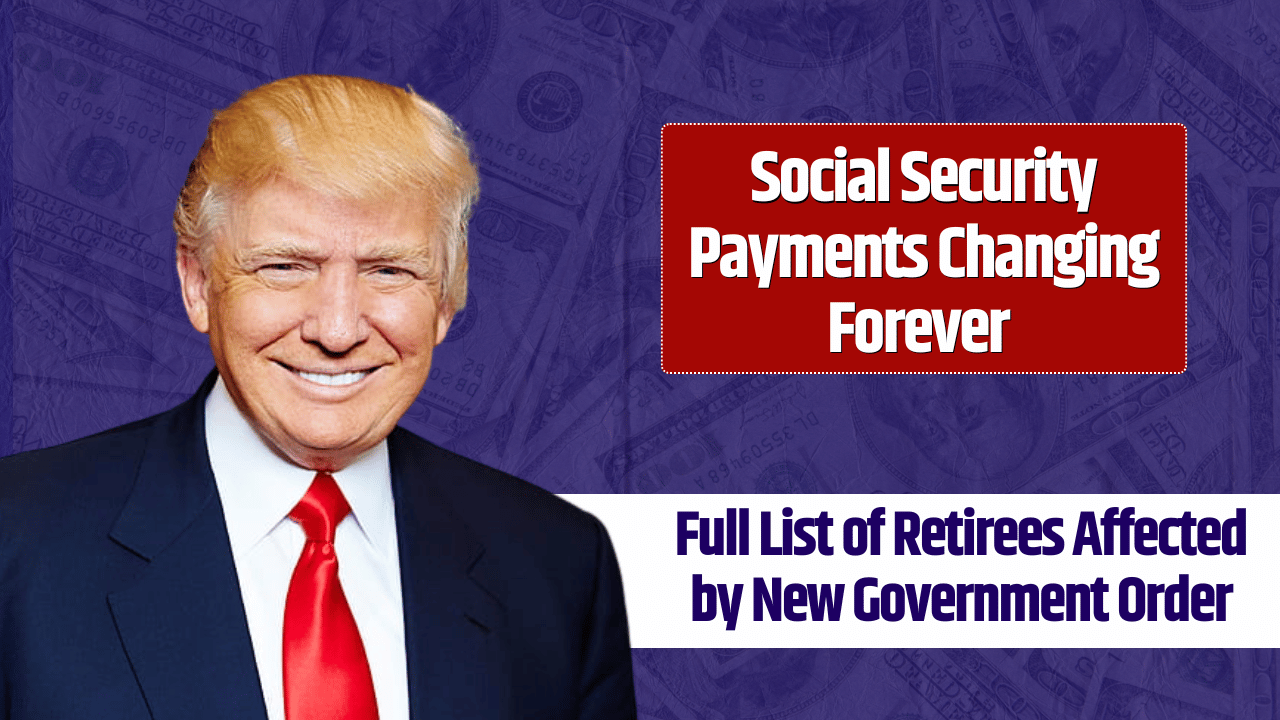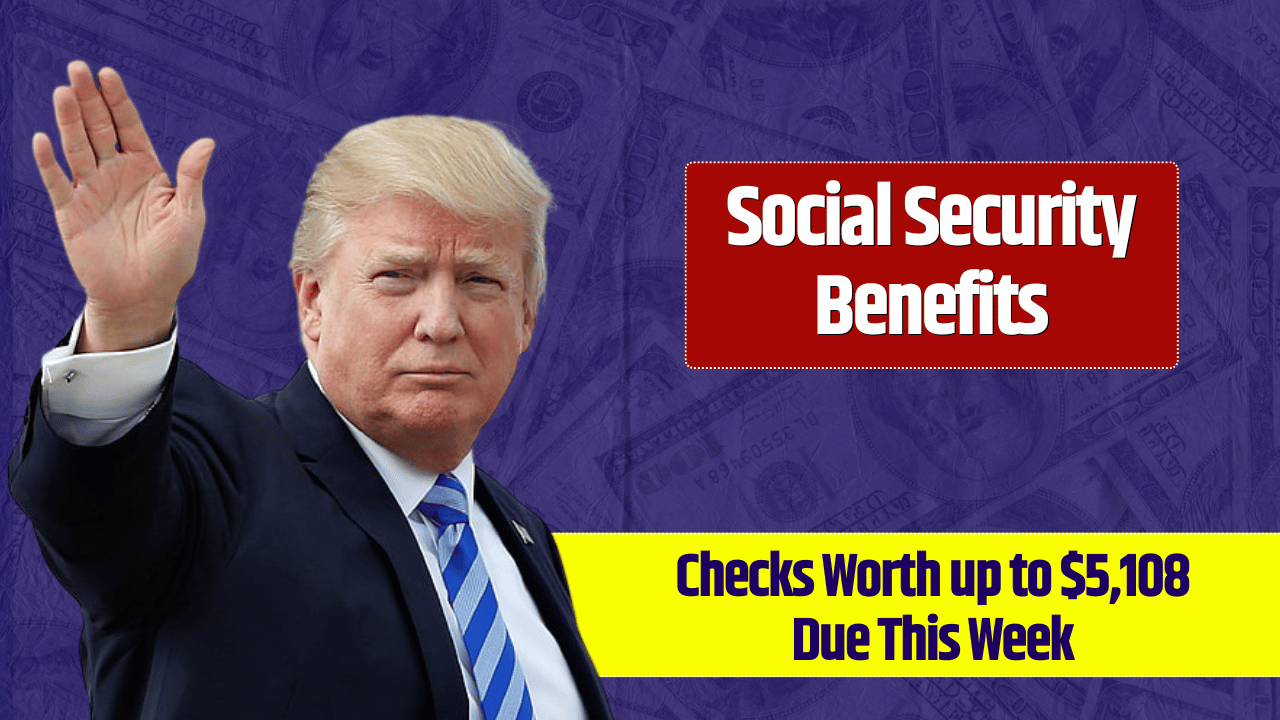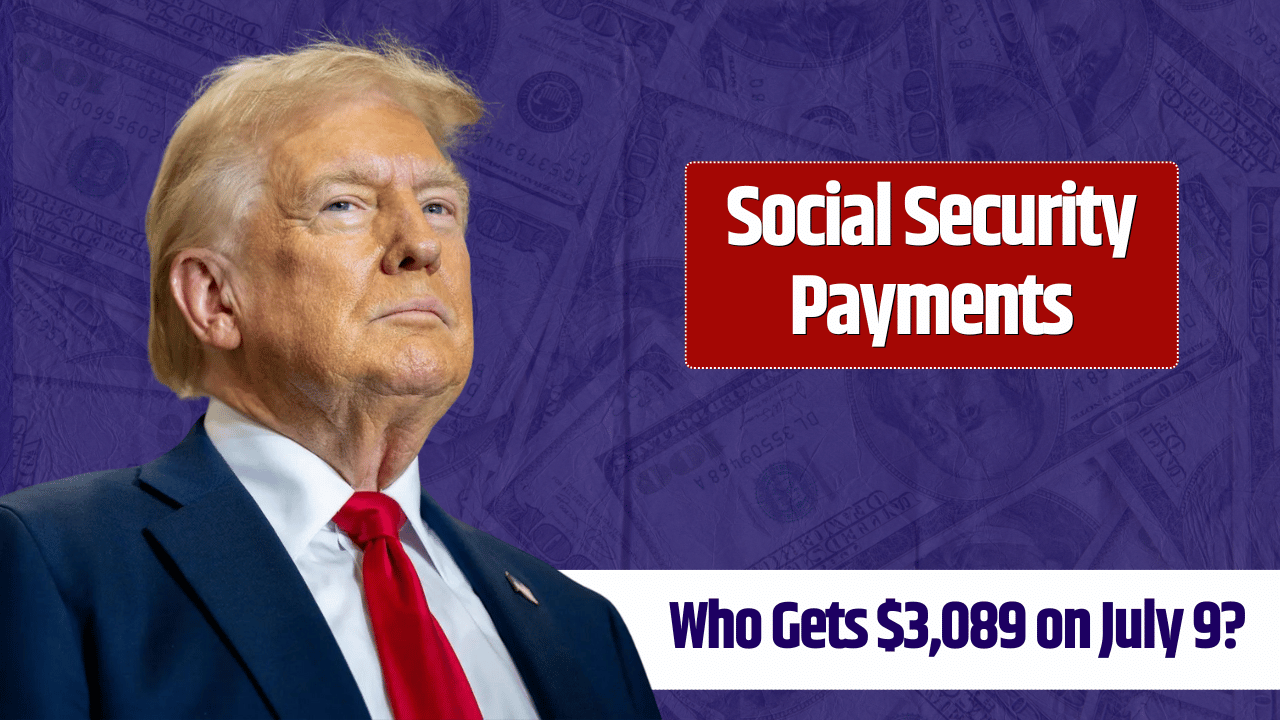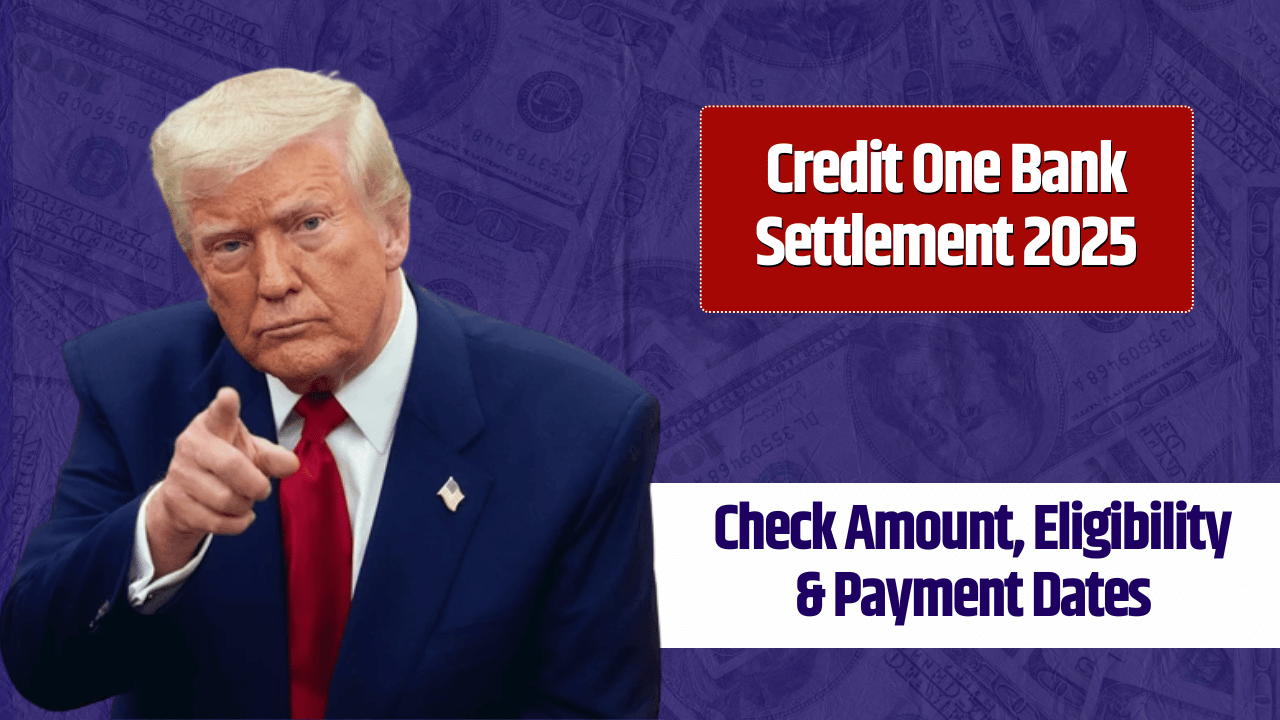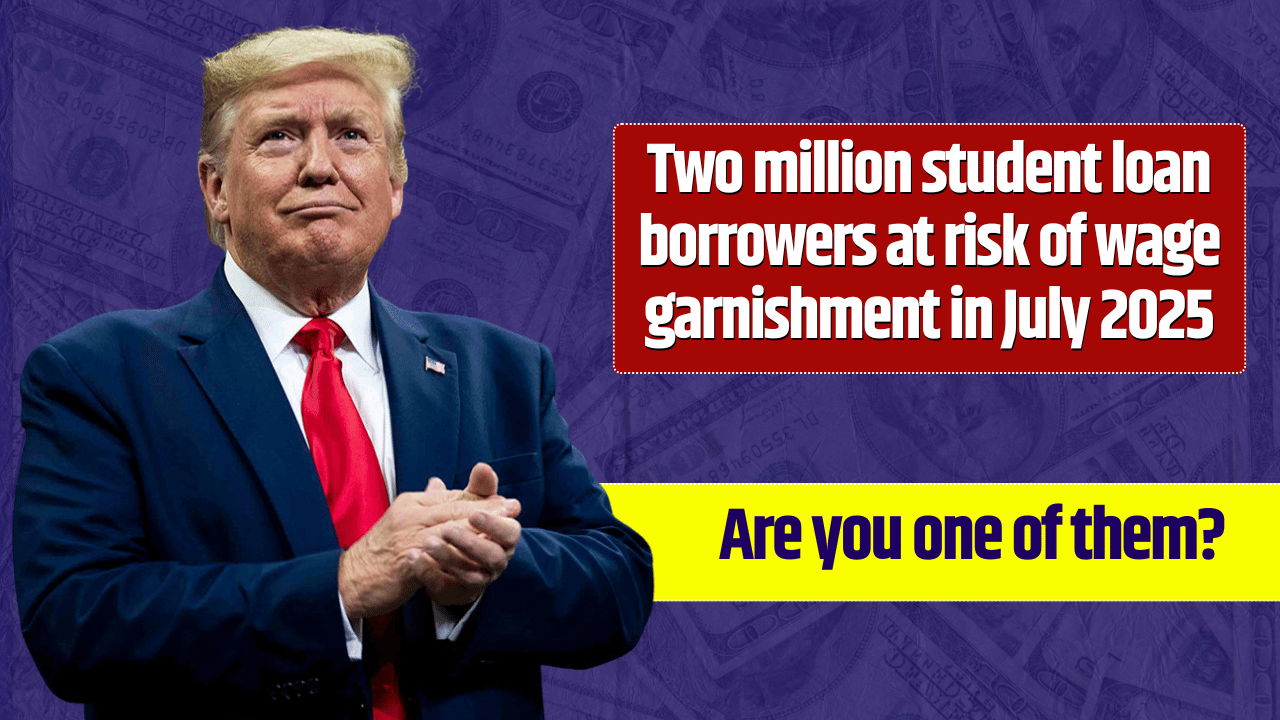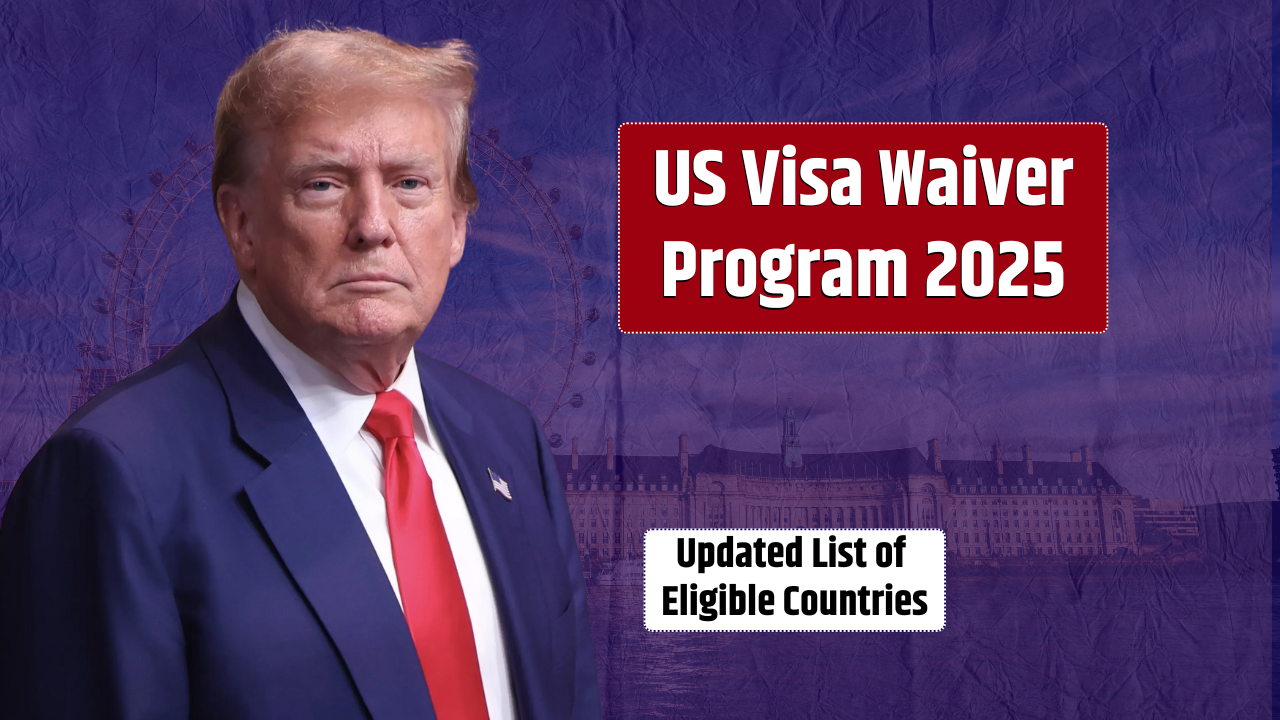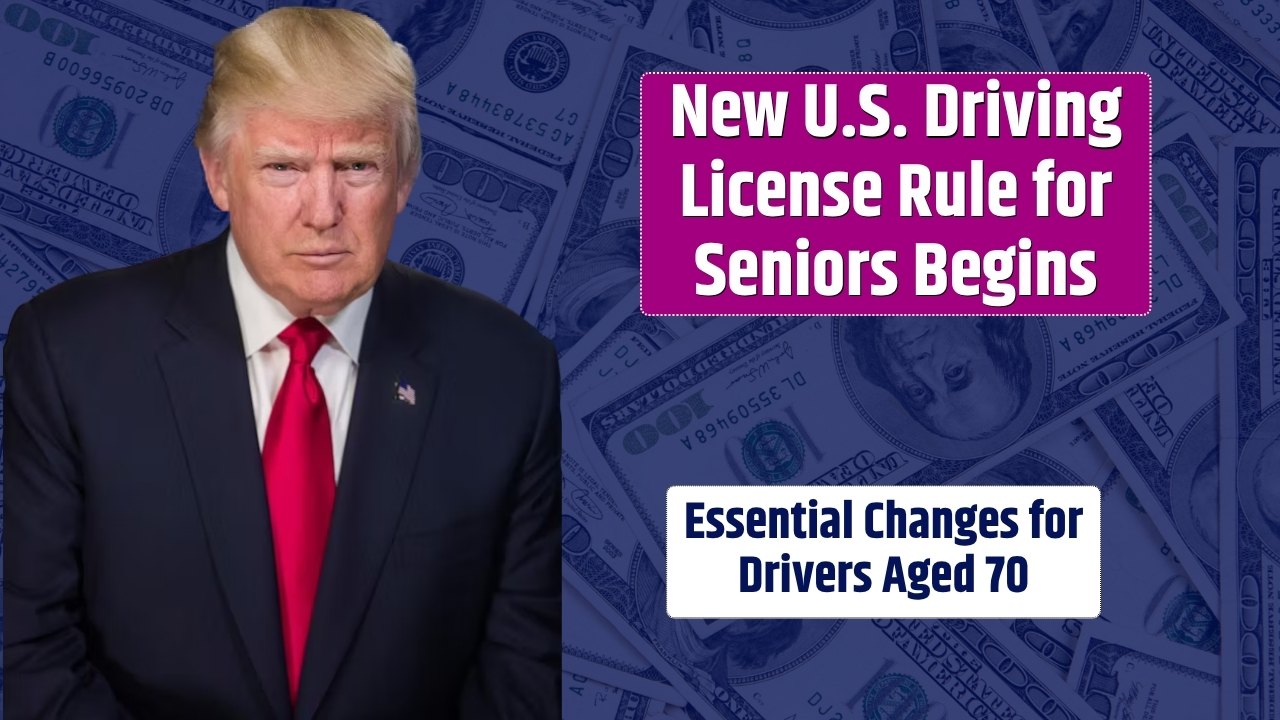The federal government is taking a major step toward modernizing how it delivers money to Americans—by ending paper checks for Social Security and other federal benefits. As of October 1, 2025, all federal payments will be issued digitally, affecting nearly half a million individuals who still receive checks in the mail. The shift is part of a broader initiative to improve efficiency, reduce fraud, and adapt to modern banking systems.
Let’s break down what this change means and how you can prepare.
Table of Contents
Why Paper Checks Are Being Phased Out
The move away from paper checks stems from growing concerns about fraud, theft, and delivery delays—issues that surged during the COVID-19 pandemic. According to government data, paper checks are 16 times more likely to be stolen or tampered with compared to digital payments.
In March 2025, President Donald Trump signed an executive order titled “Modernizing Payments To and From America’s Bank Account”. This directive calls for the full digitization of all federal disbursements, including:
- Social Security (retirement, disability, survivor benefits)
- Supplemental Security Income (SSI)
- Social Security Disability Insurance (SSDI)
- Federal tax refunds
- Vendor and contract payments
What Will Replace Paper Checks?
Starting October 1, 2025, the federal government will issue payments exclusively through:
- Direct deposit to a bank account
- Prepaid debit cards
- Digital wallets (such as PayPal or Venmo)
- Instant payment platforms
Available Payment Options Table
| Payment Method | Description | Notes |
|---|---|---|
| Direct Deposit | Sent directly to a checking/savings account | Fast, secure, and preferred option |
| Prepaid Debit Card | Government-issued card loaded with benefits | Ideal for those without bank accounts |
| Digital Wallet | Payment platforms linked to your phone or email | Must have internet and mobile access |
| Instant Payment | Real-time transfers via services like FedNow | May require setup and bank linking |
Who Is Affected?
Out of the more than 65 million Americans who receive Social Security benefits, about 493,000 people (roughly 9%) still get paper checks. This group includes older adults, low-income individuals, and people without reliable access to the internet or traditional banking.
Exceptions and Support
While the change is mandatory for most, exceptions will be available for individuals who can demonstrate legitimate barriers to digital access. Those who qualify must contact the Social Security Administration (SSA) or the U.S. Treasury Department to request an exemption.
This could include:
- Seniors without internet or smartphone access
- People living in remote or rural areas
- Individuals with disabilities preventing them from using digital platforms
Concerns About the Transition
Supporters argue that the transition will lower administrative costs, reduce fraud, and speed up payments. However, experts warn that not everyone is ready for this digital shift.
Matt Watkins, a public affairs consultant, pointed out the lack of investment in digital inclusion programs, especially with recent budget cuts to the National Telecommunications and Information Administration (NTIA). He emphasized the need for education, outreach, and technical assistance to avoid leaving vulnerable populations behind.
Without proper support, the transition could result in missed payments, confusion, and increased financial insecurity for some recipients.
How to Prepare
If you’re still receiving checks by mail, here’s what to do before the deadline:
- Set up a bank account if you don’t already have one.
- Enroll in direct deposit through the SSA website or by calling their hotline.
- Consider a prepaid debit card if traditional banking isn’t an option.
- Stay informed by checking official SSA announcements and updates.
- Act early to avoid delays or interruptions in your benefits.
The deadline to make the switch is September 30, 2025, so the sooner you begin, the smoother the transition will be.
As the government moves toward a fully digital payment system, this change represents both progress and a challenge. While it promises faster, safer, and more cost-effective payments, it also demands thoughtful implementation to protect those most at risk of being left behind.
FAQs
What happens if I don’t switch by October 1, 2025?
You may not receive your payment on time. The government will not send paper checks after this date unless you’ve been granted an exemption.
What if I don’t have a bank account?
You can opt to receive your benefits via a prepaid debit card provided by the government.
Can I still get help setting this up?
Yes. The SSA and other agencies are expected to provide assistance through phone, in-person appointments, and community outreach programs.
Is the change permanent?
Yes. The executive order mandates all federal payments to be digital going forward.
What if I’m concerned about digital fraud?
Electronic payments are actually safer than paper checks. Still, it’s important to verify your banking information and stay alert to scams.

